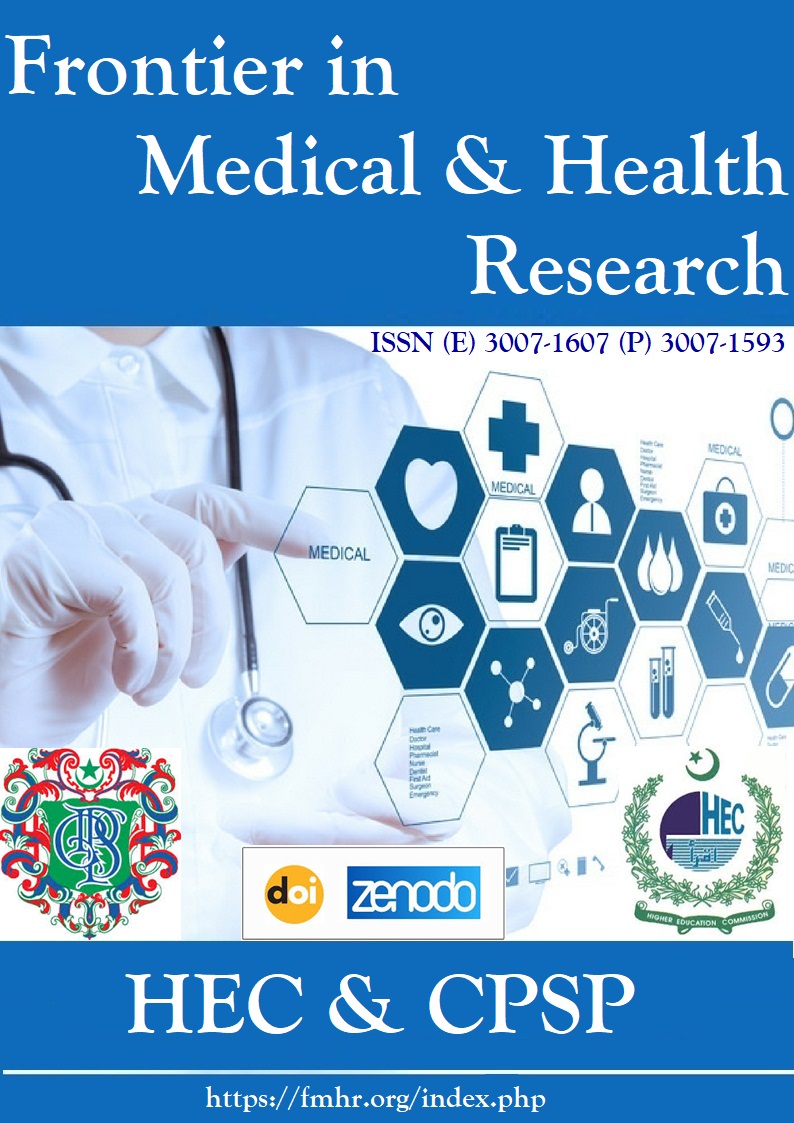Abstract
Background: Anemia in pregnancy is common, with oral iron traditionally used for treatment. However, gastrointestinal side effects and poor absorption limit its effectiveness. Intravenous iron offers a promising alternative, though existing literature remains controversial. This study at Sir Ganga Ram Hospital Lahore compares the efficacy of intravenous versus oral iron in antenatal patients.
Objectives: To compare IV ferric carboxylates versus oral iron in correction of anemia in pregnant women at Sir Ganga Ram Hospital, Lahore.
Duration: Six months w.e.f 22-06-2024 to 21-12-2024
Methodology: This randomized controlled trial was conducted at Sir Ganga Ram Hospital, Lahore, over six months. A total of 92 pregnant women (46 in each group) were randomly assigned to receive either IV Ferric Carboxylates or oral iron. Participants were aged 18-45 years, with singleton pregnancies and mild to moderate anemia. Anemia correction was assessed at 3 months based on hemoglobin levels, analyzed using SPSS version 17.
Results: The study included 92 participants with a mean age of 28.41 ± 5.27 years. At enrollment, the mean Hb was 7.06 ± 0.86 g/dL, and 63% had moderate iron deficiency anemia (IDA). After 3 months, Group A showed significantly higher Hb and ferritin levels, with a higher correction rate (95.7%) compared to Group B (78.3%).
Conclusion: In conclusion, intravenous iron treatment demonstrated superior efficacy over oral iron in improving hemoglobin and ferritin levels, with higher correction rates observed in the intravenous iron group. Stratification showed trends favoring intravenous iron across subgroups, although statistical significance was not reached in all due to the small sample size.
